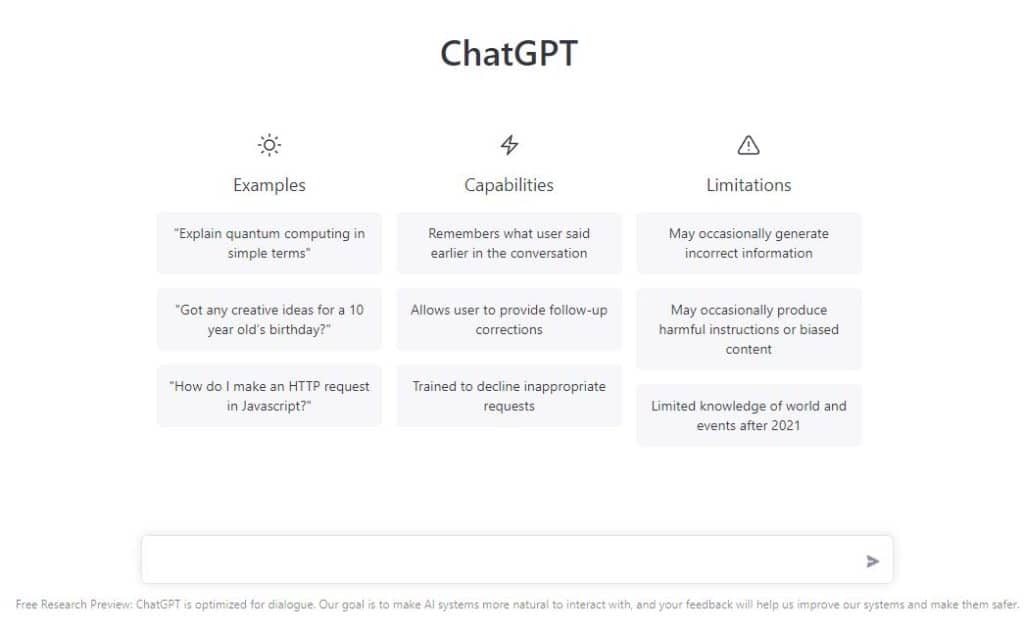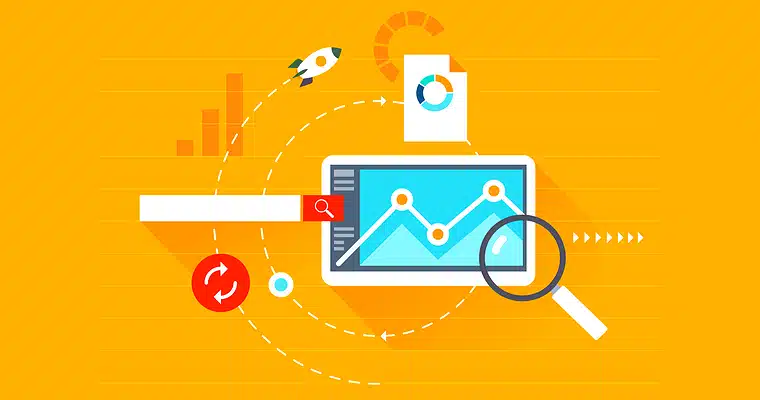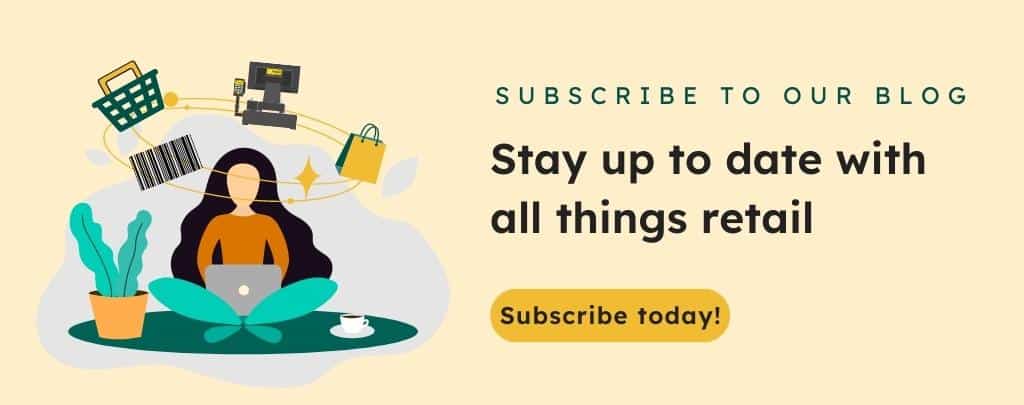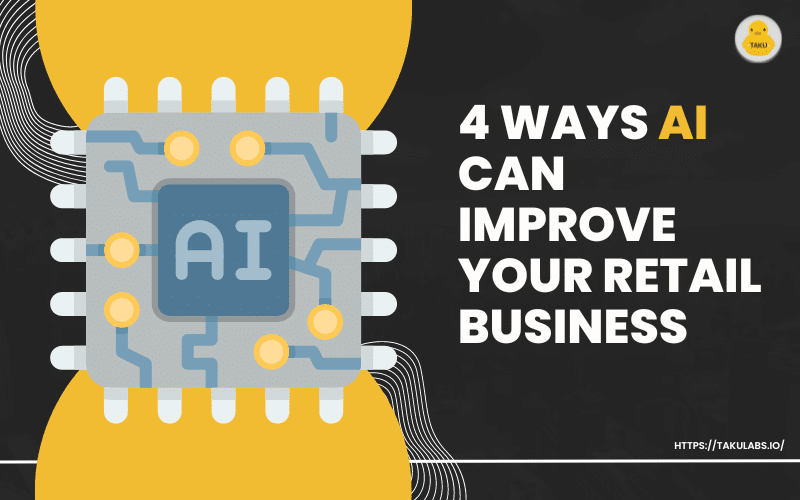In 2023, AI (artificial intelligence) has already made significant progress in the retail industry. Besides AI chatbots like ChatGPT and AI-generated visuals like those created by Midjourney, there are many more ways AI can be used in retail. For instance, AI-powered recommendation engines can help retailers personalize the shopping experience for each customer by analyzing their browsing and purchase history.
AI has the potential to revolutionize the retail industry and in this blog we’ll introduce to you 4 great ways AI will change the retail industry.

1. Automation
Artificial Intelligence (AI) has various benefits, among which automation stands out as a significant advantage. AI is capable of automating tasks, leading to cost reduction, improved efficiency, and accuracy. By implementing AI-powered systems, businesses can free up their employees’ time to focus on more complex and creative tasks, resulting in a more productive and efficient workforce. An example of automation is the use of chatbots and virtual assistants, which can help customers with their queries at any time of day or night, reducing the workload of customer service staff while improving response time.

We will definitely be seeing a wave of tools designed to automate more retail processes in the coming years. It’ll start with big box brands having access to these tools. However, in time—these tools will become accessible to smaller businesses.
2. Personalized recommendations
AI can continuously analyze customer data, such as purchase history, browsing behavior and demographics. It can provide product recommendations, choose the most attractive products and make every customer’s experience more enjoyable. Here are some examples of how AI can help with personalized recommendations
- Contextual recommendations: The AI analyzes customer data such as location, time of day, and the weather. It then provides recommendations that are right for the customers currents needs.
- Collaborative filtering: The AI makes recommendations based on other users preferences, it compares similarities between customers purchase history’s and preferences.

3. Fraud protection
AI is a great tool when it comes to security. AI systems can analyze patterns that show signs of fraudulent activities that may be difficult for humans to detect. It can detect abnormal transactions that differ from normal purchasing patterns. For example if a customer suddenly uses a new device, at a new location, or purchases larger quantities, AI can automatically flag such behavior as fraudulent activity. Fraud can be found in both e-commerce and brick and mortar stores, with theft an increasingly costly problem for retailers. A report in late 2022 states that shoplifting has become a $100 billion dollar problem. Here are a few examples of how AI can prevent shoplifting in your store.
- Video surveillance: AI-powered video surveillance can be used to monitor the store and identify suspicious behaviors. By identifying patterns such as how long a customer stays in a specific part of a store, unusual body language or repeated visits to the same section.
- Sensor technology: Some stores use sensors to track the movement of merchandise. AI can be used to analyze unusual patterns in product movement. For instance, if an item is misplaced or repeatedly picked up and returned to the same location.
- Predictive analytics: AI can also be used to analyze historical data about shoplifting incidents in your store. It can identify patterns or trends that may have resulted in a higher likelihood of shoplifting. By identifying these patterns you can prevent shoplifting by increasing security in an area that has a higher pattern of shoplifting, or changing the layout of the store.

4. Lowering business costs
AI can greatly lower the operational costs at your business by making it easier to automate and collect large amounts of data to automate routine tasks. Some examples of how retailers use data to lower business costs include:
- Optimizing operations: AI can identify various inefficiencies in business operations. Then it can streamline the processes, reduce waste and improve overall efficiency.
- Supply chain management: AI can also analyze the data from suppliers, transportations providers and other sources. This can help with reducing transportation costs, improve delivery times and the overall cost of carrying inventory.
Not only can AI reduce business cost, but it can also increase business sales. AI can help with demand forecasting, allowing you to better understand your customers’ buying behaviors and to anticipate their needs. This can lead to improved inventory management and more effective marketing strategies, resulting in increased sales and customer loyalty.

AI has already made significant progress in the retail industry and has the potential to revolutionize it in the coming years. AI-powered automation, personalized recommendations, fraud protection, and lowering business costs are just a few examples of how AI can benefit retailers. With AI’s ability to collect and analyze large amounts of data, it can greatly improve operational efficiency and customer experience, ultimately leading to increased sales and customer loyalty. As AI technology continues to evolve, it will be interesting to see how it transforms the retail industry and the shopping experience for consumers.
We are always excited to see what’s brewing in the world of retail. If you are too, consider subscribing to our blog.



